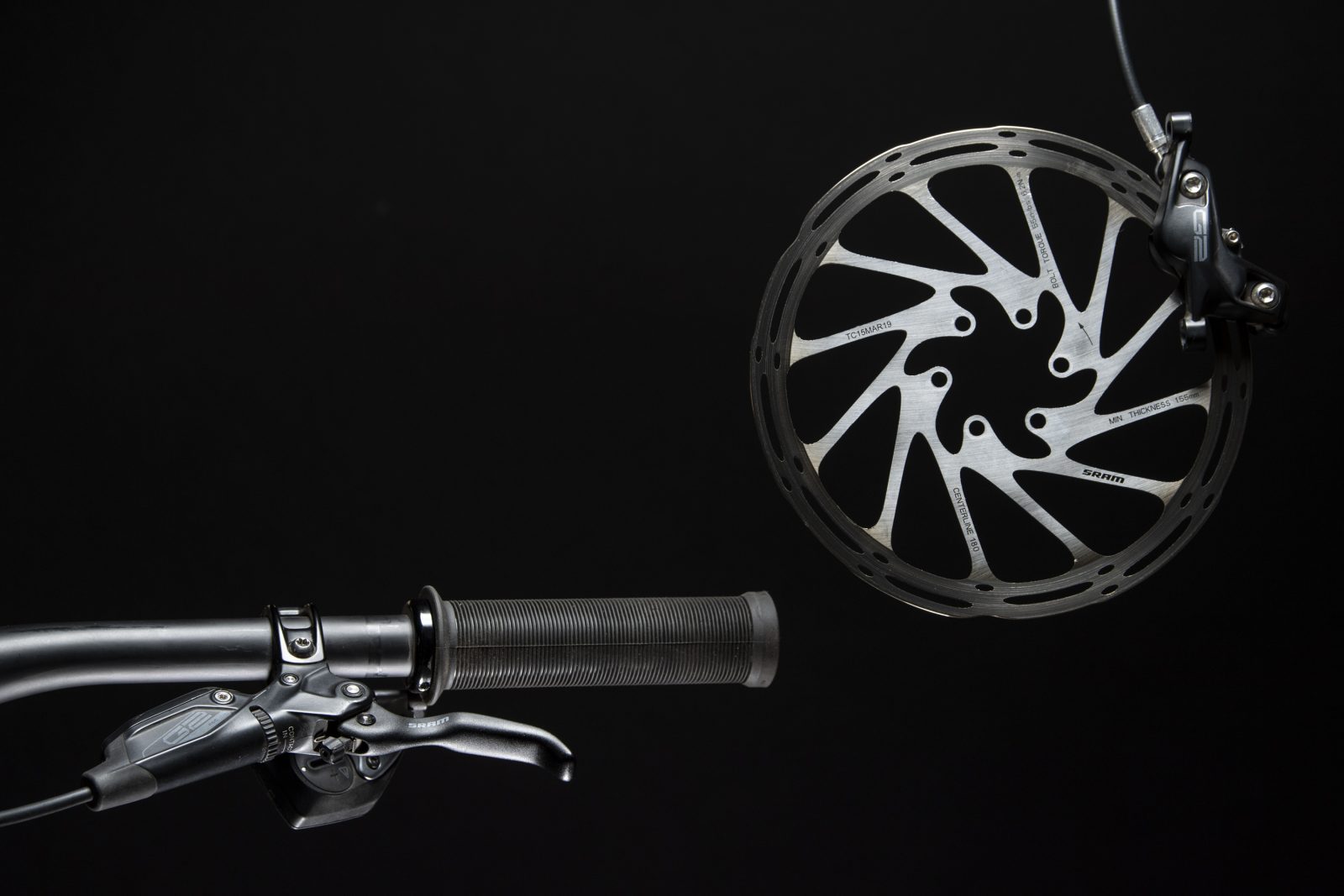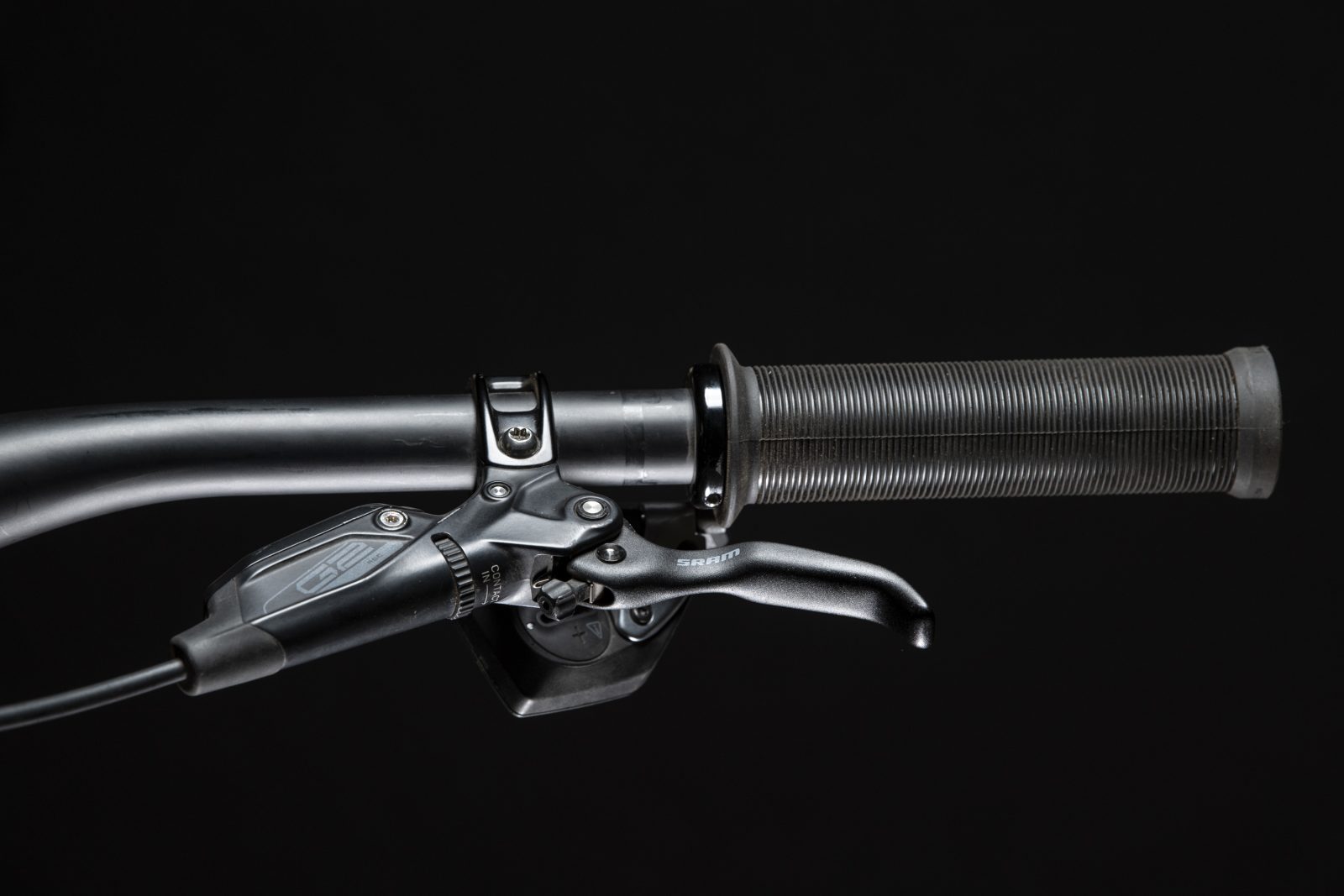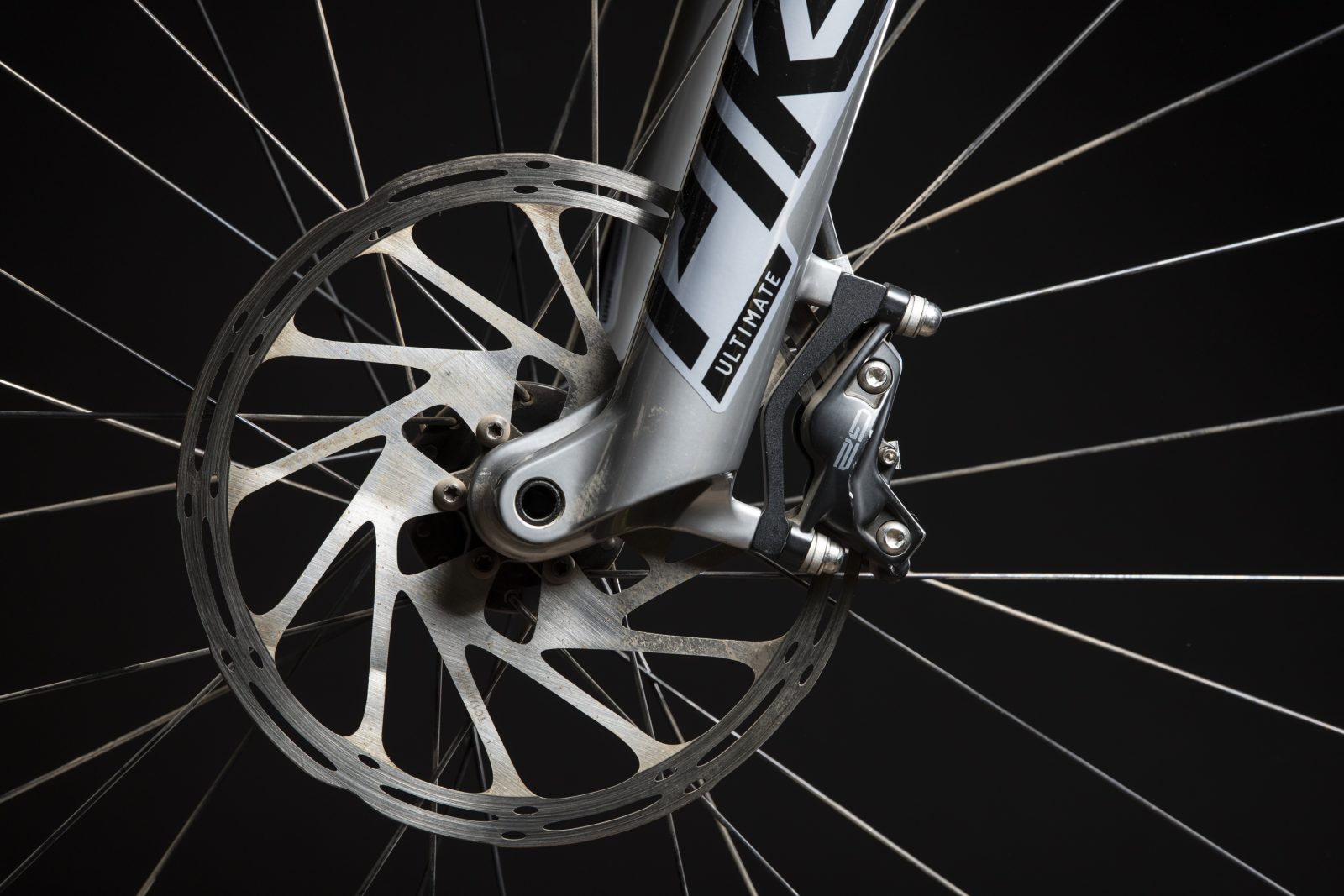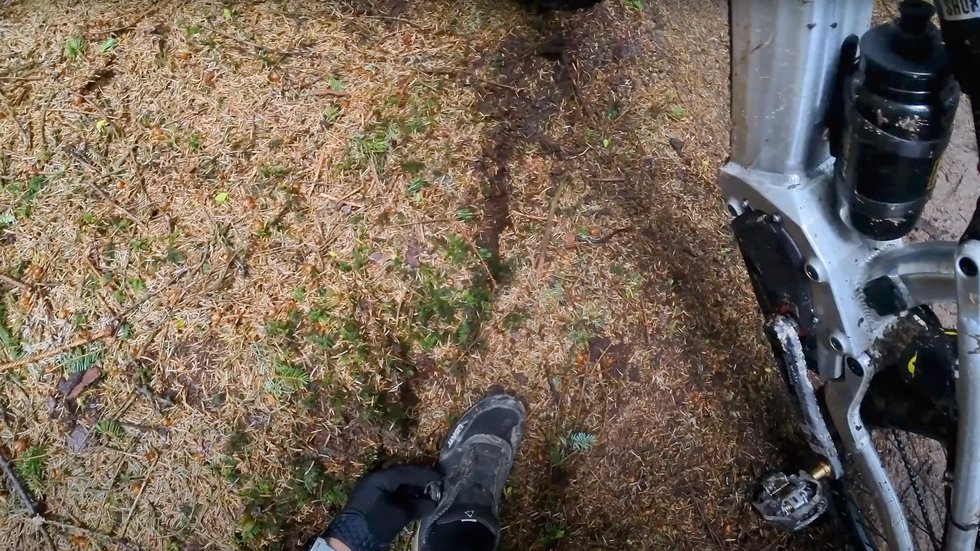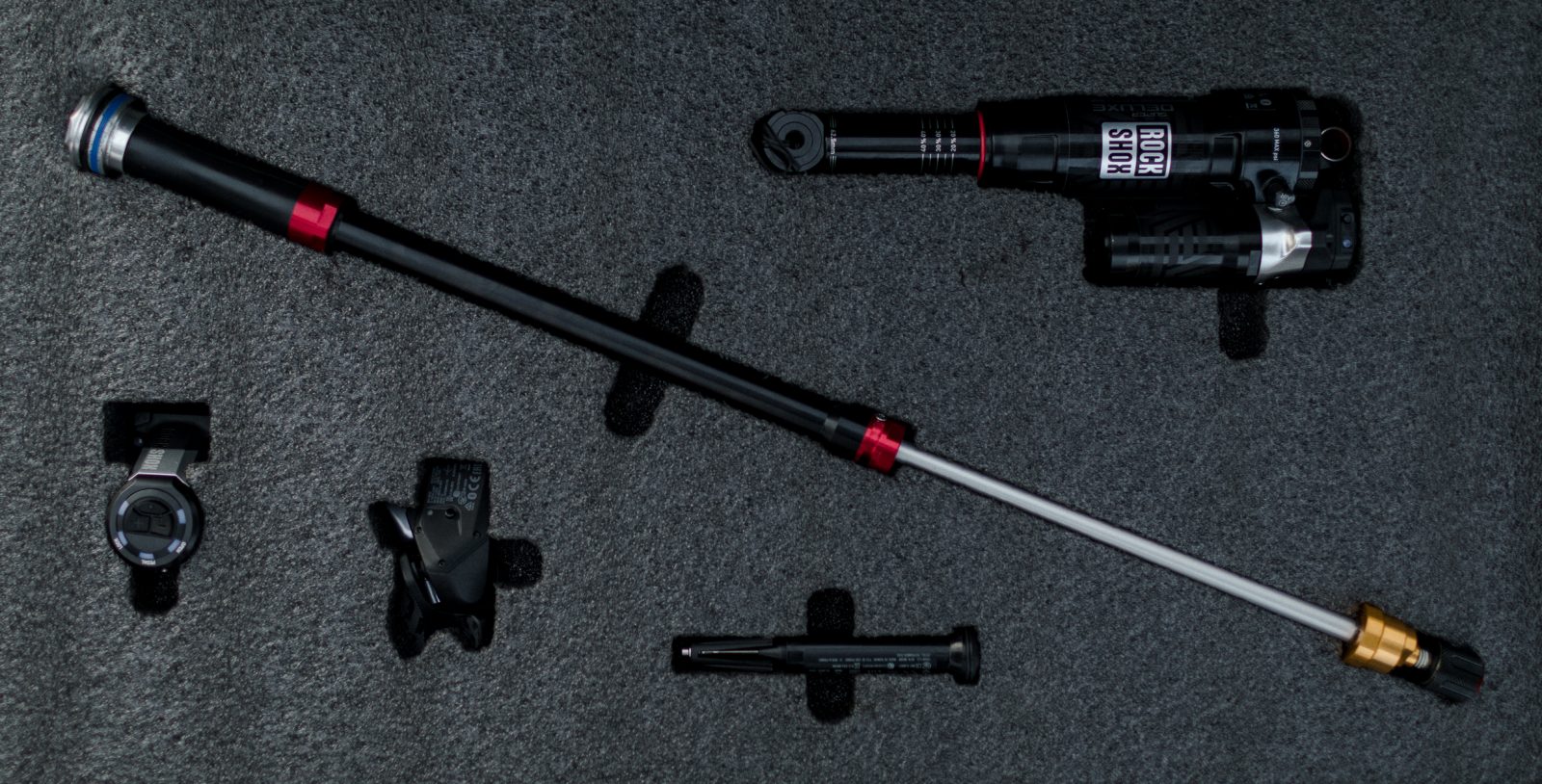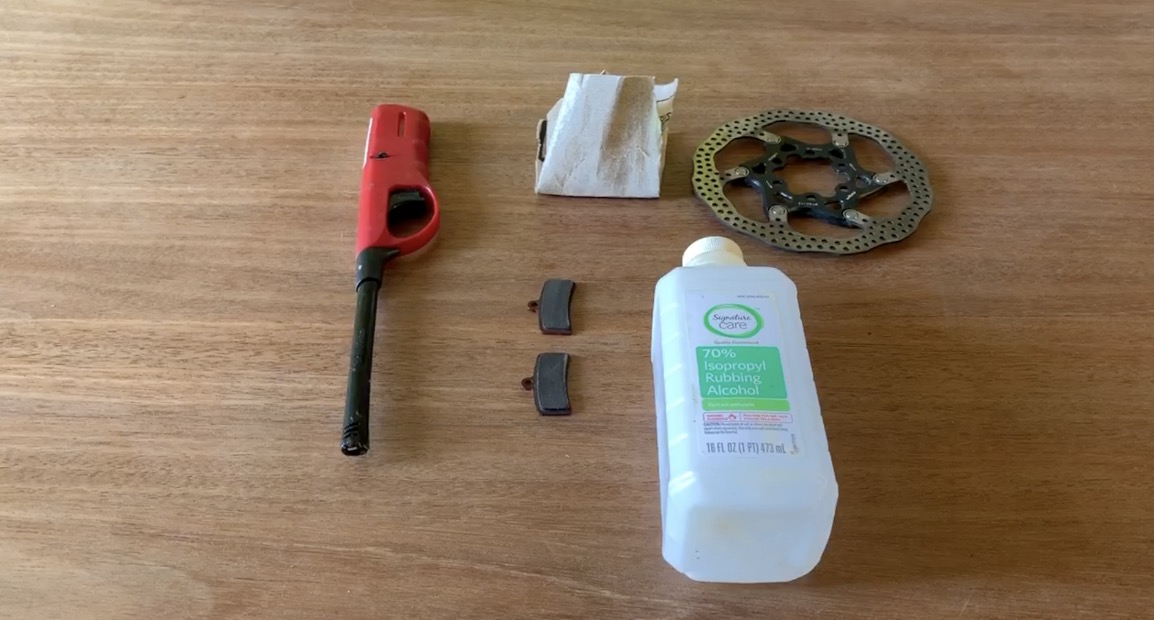This Spring, SRAM announced the G2 brake line as successors to the Guide. The G2 is the bread and butter 4-piston trail bike brake, positioned between the lighter duty XC oriented 2-piston Level and the gravity oriented 4-piston Code. The G2 is available in the RSC and Ultimate version, which both feature tool free contact point and reach adjustment with the Ultimate being lighter weight due to its titanium hardware. I’ve been riding the RSC version of the brakes for about 6 months now – here’s how they’ve been working out on the trails.
Details
- New “Power” brake pad compound
- Improved caliper stiffness
- 4 pistons
- Reach and contact point adjustment
- 255 grams (front)
- $180.00 US
On the outside, the G2 brake lever doesn’t appear wildly different from their Guide predecessor. It’s what’s on the inside that counts, where the G2 sees an improved master cylinder. Like all SRAM brakes, you can flip the levers from “Moto” style to standard switching left to right with a single T25 screw. Another neat improvement is that the hoses have less memory so they’ll follow the lines of your bike more naturally without any weird bends.
The testing occurred with Centerline rotors, which have proven to strike a nice balance of bite, mud clearing and silence. For what it’s worth a 200mm front / 180mm rear combo was used on 29″ wheels.
Speaking of quiet…With the introduction of the G2, SRAM rolled out the new “Power” compound – a third pad option to supplement the quiet Organic and the nasty weather Metallic options. I feel the organic compound has a touch more initial bite, and the metallic compound offers a better longevity and control in adverse conditions. This new offering sits right in between the two, at least in my opinion anyway, and also proved just as quiet as the organic version.
While the caliper appears unchanged aside from sleeker aesthetics, it has arguably seen more updates than anything else on the brake. SRAM uses larger diameter bolts to mate the two caliper halves, and they’ve ditched “Heat Shield” (a small steel plate that helped dissipate heat) since switching from aluminum to phenolic pistons has addressed that issue. Lastly, the pad pocket is narrower, which makes for a more structurally rigid caliper that’s less prone to flexing and bowing under power/pressure.
On the trail
Starting out, the G2 felt…well, familiar. SRAM claim an additional 7% of bite over the Guide, which I felt less so in its initial bite, and more in its consistency under prolonged braking. SRAM’s brakes are designed modulation in mind followed by more power coming as you dig in and pull harder on the lever, when you want it most. This is achieved via a linkage actuated by the lever, driving the master cylinder on a progressive curve. The G2 definitely doesn’t have an on/off feel like some other brakes on the market and that’s fine with me, but to each their own. Since the launch of the Guide, I’ve been quite fond of the SRAM lever blade’s feel – it has a nice hook at the end and it’s not too fat and not too skinny, lending itself toward comfortable one finger braking. The path the lever travels along is also designed to be ergonomically friendly, so as not to fatigue your hands as much on long descents.
I rode the G2 in a wide range of conditions, partially due to being blessed with a more precipitous Spring than we are normally accustomed to in the Santa Cruz area. For the entirety of the test I’ve been using the stock “Power” pads and they’ve worn well, falling roughly in between the organic and metallic pads in terms of durability. I pulled the rear pads out just before writing this and noticed that there is ever so slightly more wear at the rear of the pads. If you’re frugal and like getting the most out of your investment (who doesn’t?), you can reset the pistons with the included plastic pad separator, and flip the pads around in the caliper to prolong their life. Another tip is to switch the front and rear pads part way through the wear cycle as most riders will wear the rear pads faster.
Anyhow, regardless of conditions being dusty or damp I found the power to be just right with the G2. If you’re constantly riding in wet, sandy conditions, I’d recommend the metallic pads for certain though. As far as modulation goes the brakes are excellent, scrubbing speed just a touch when you feather them and biting hard as you get deeper into the lever travel. Although it wouldn’t be the worst idea after 6 months, there have been no signs that I need to bleed the brakes yet and they’ve had no consistency issues or fading whatsoever, even on heinously steep trails. That said, for the gnarliest of riding, SRAM would nod toward a consideration of Codes. In any cause, performance wise the G2 has performed flawlessly as their mid-duty brake.
Overall
With the G2, SRAM proves they’ve mastered consistency in their brakes, leaving no reason to fret over the past issues that plagued some earlier versions of the Guides. The braking power and modulation is top rate while the price and weight of the RSC version is very competitive if you’re in the market for a solid, do-it-all brake. Loads of smart, subtle features, a $25 reduction in price and the excellent new pad compound are also well worth the tip of the hat. All in all, the G2’s have left me with nothing to complain about.

